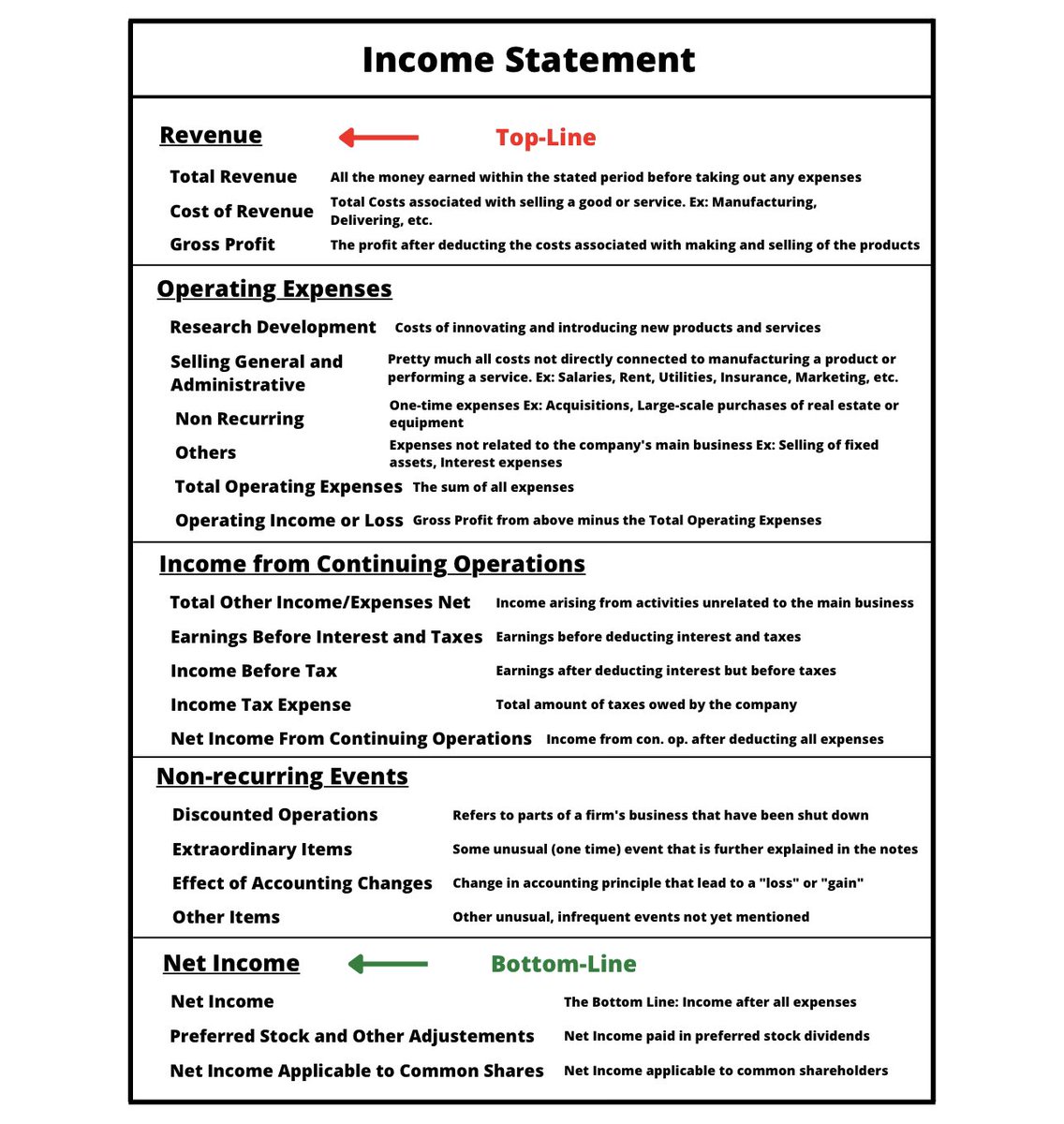
Billionaire Investor Howard Marks has published Memos for over 32 years.
In my opinion, it’s a gem every investor should internalize.
Here are the key concepts you need to know👇🏼
In my opinion, it’s a gem every investor should internalize.
Here are the key concepts you need to know👇🏼

1. Absence of Disaster
The best foundation for above-average returns is the absence of disaster.
While most people seek phenomenal returns that outshine every other investment, a little above average is the secret.
The longer your time horizon, the more important this gets.
The best foundation for above-average returns is the absence of disaster.
While most people seek phenomenal returns that outshine every other investment, a little above average is the secret.
The longer your time horizon, the more important this gets.
2. The Role of Demand
In economic theory, the “homo economicus” is a rational investor who makes risk-based decisions.
In reality, this is rarely the case. Investors are irrational.
They get overexcited and frustrated.
And since demand drives prices, this is an opportunity.
In economic theory, the “homo economicus” is a rational investor who makes risk-based decisions.
In reality, this is rarely the case. Investors are irrational.
They get overexcited and frustrated.
And since demand drives prices, this is an opportunity.
3. Understanding Risk
Just like the rational investor theory, economic theory has another problem.
They measure risk as volatility, the standard deviation of a stock.
But in reality, this is not the risk an investor faces.
The real risk is the permanent loss of your money.
Just like the rational investor theory, economic theory has another problem.
They measure risk as volatility, the standard deviation of a stock.
But in reality, this is not the risk an investor faces.
The real risk is the permanent loss of your money.
Thus, riskier investments are those where the outcome is less certain.
My favorite quote on risk is by Elroy Dimson:
“Risk means more things can happen than will happen.”
Standard deviation doesn't tell you anything about that.
My favorite quote on risk is by Elroy Dimson:
“Risk means more things can happen than will happen.”
Standard deviation doesn't tell you anything about that.
4. Microeconomics 101
When you look at a company, two factors will decide the success of your investment.
Price and Value.
No matter how great a company is, at the wrong price, it’ll be a bad investment.
As Marks used to say: “There's always a price too high.”
When you look at a company, two factors will decide the success of your investment.
Price and Value.
No matter how great a company is, at the wrong price, it’ll be a bad investment.
As Marks used to say: “There's always a price too high.”
At the same time, a lousy company could(!) also be a good investment at the right price.
Long-term investments, however, should have both.
Quality at the right price.
Long-term investments, however, should have both.
Quality at the right price.
5. No Rule Always Works
There is no shortcut to investing.
No rule always works.
Great investors have the ability to view investments from different angles.
They put things into perspective and keep the bigger picture in mind.
There is no shortcut to investing.
No rule always works.
Great investors have the ability to view investments from different angles.
They put things into perspective and keep the bigger picture in mind.
6. Macroeconomics 101
Cycles are the result of emotional decisions in the markets.
Marks describes a pendulum that shifts between euphoria and depression.
Most of the time, it'll be in the middle - a healthy state.
But every now and then, it swings to the extremes.
Cycles are the result of emotional decisions in the markets.
Marks describes a pendulum that shifts between euphoria and depression.
Most of the time, it'll be in the middle - a healthy state.
But every now and then, it swings to the extremes.
The important thing to remember is the self-correcting nature of cycles.
Once the pendulum is at an extreme, it'll swing back and eventually end up in a steady state.
This creates an opportunity for investors who are aware of this.
Once the pendulum is at an extreme, it'll swing back and eventually end up in a steady state.
This creates an opportunity for investors who are aware of this.
That’s it for today!
If you learned something new, please Retweet and Like this Thread so more get to see it.
If you want to learn more about investing, follow me @MnkeDaniel to see them.
Have a great day!
If you learned something new, please Retweet and Like this Thread so more get to see it.
If you want to learn more about investing, follow me @MnkeDaniel to see them.
Have a great day!
https://twitter.com/mnkedaniel/status/1545793376452222976?s=21&t=PAn48GnAnqM6cgplqUPwag
• • •
Missing some Tweet in this thread? You can try to
force a refresh







